“My first bear encounter was when I was young. I walked out the front door of my house and found myself walking backward, back toward the house, because a bear was coming down the driveway toward me. My mom called a cab to take me to school that day. I was late for class.”
Meet Elleana Elliott, a photographer from Hoonah, Alaska, whose main interest is photographing coastal brown bears. Elleana is Inupiaq and Tlingit, Raven, T’akdeintaan clan, Seagull. She was born in Sitka and raised in Hoonah, a small village on Chichagof Island. “Our community has one public school, two grocery stores, one large restaurant open year-round and a few small seasonal restaurants,” says Elleana, who’s married to Paul Elliott, and has two children, Ted, 17, and Nelila Elliott, 7.
Hoonah, located in the Tongass National Forest on Chichagof Island, is part of Southeast Alaska’s ABC islands (Admiralty Island, Baranof Island, and Chichagof Island). “Living in Hoonah is small and big at the same time. Our community is small, but our island is big. Most days, when I go out around the island, my camera is my favourite travelling buddy.”
READ MORE: Grizzly bears in B.C.’s Chilcotin feast on salmon, prepare for hibernation
Elleana spends time adventuring on Chichagof Island, taking photos of coastal brown bears, larger than inland grizzlies due to the bears’ richer diet of marine-derived food. “The adult males (boars) can weight up to 800-plus pounds and the females (sows) can weigh up to 450 pounds,” she says.
A subspecies with unique genetics linking them to both brown bears and polar bears, coastal brown bears vary in colouring from brown to black, reddish and blonde. “My favourite is the white bears that show just a bit more polar bear genetics than brown bear.”
Elleana has been a photographer most of her life. When she was a child, her first camera was a disposable one.
“When I was a kid, my family travelled to the mainland, to Juneau, on vacation. I got a couple of disposable 35 mm Mickey Mouse cameras. I took all the photos, and I was so confused about why we had to mail the cameras out to get the photos back. I remember being upset because I thought the cameras would come back in the mail with the pictures.”
Her early experience with disposable cameras sparked a lifelong passion. “The only thing I wanted to do was take pictures.” She evolved to use Polaroid cameras, then flip phone cameras, and eventually smartphones. “I wanted to capture as many memories as possible.” She taught herself how to use a DSLR camera and now uses a variety of camera equipment.
Her passion for photographing brown bears happened naturally. While on dates with her future husband, they’d travel the logging roads for picnic lunches and observe the bears.
“We started to pick up on the bears’ routines.” In the early 2000s, Elleana acquired her first flip phone with a camera. “The pictures were so blurry you could barely tell they were bears.”
When Elleana first started photographing bears, though, she didn’t drive and depended on others to take her out the road. A few years ago, in her late 30s, she finally got her driver’s license. “Now that I have my driver’s license, my friends tell me I’ve moved out the road and only visit home. Rain or shine, even in the snow, I’m out photographing nature. I only got stuck in the snow three times and towed out once. The other two times, I dug myself out.”
While photographing bears, she’s had a few close encounters. “The bears travel the roads as much as people, so they’ve adjusted. So, we have a unique situation where we stop our vehicles as the bears make their way down the road.”
Elleana doesn’t go out armed except with a small container of pepper spray in her camera bag, though she brings her rifle on occasion for small hikes away from her truck. “I have had frequent close encounters while sitting safely in my truck. Even if I park far away, the bears come up and walk past the truck, give it a sniff, and keep on going. I get very nervous when that happens. I prefer to photograph bears from a distance with a long lens.”
Until she started photographing bears, Elleana didn’t realize how large the local bear population was, nor how many miles of logging road there was to explore, either.
“In the springtime the bears are next to the road munching on the first greens.” Elleana explains that, later, when more greenery blooms around the island, the bears’ territory widens, and they aren’t seen as often. Plus, when the berries ripen, they’re busy eating across the island. Then, in mid-July, thereabouts, bears are fishing in rivers and creeks until the salmon die off. After that, the bears will patrol the beaches where the salmon have washed down the streams and back out into the ocean.
Sometimes, though, you’ll find the bears in town. “It’s a year-round problem, but in the winter, we get a couple weeks off from encounters. Problem bears are just bears that have picked up bad habits from our human community.”
Elleana loves living in Hoonah and like many small towns and villages in Alaska, the community comes together when tasked with challenges. “I love that our community comes together to celebrate the good in life and sticks together in times of need. It really takes a village.”
Implementing tourism into daily life was one of those challenges. Though there are bears in and around the village, everyone wants to see a bear in the wild, especially visitors to Alaska. With tourism, comes bear tours. “There are a few amazing bear tours that I enjoy seeing out the road. We help each other find bears.”
Hoonah, with a population of about 850 people, is now a popular tourist spot. “When one of the Native corporations opened a cruise ship dock with shops, our community grew into a tourism destination.” Elleana says they’ve had to adjust, especially when two ships are docked at once, but “it’s a shockwave in well-needed economics.”
Mainly she says, for humans and bears to live together, we should have respect for the bears. Respect is one of the most important Tlingit values. —Lingít áwé wa.é. Yaa at yakgeenéi. You are a human being. You will respect all things.
“Have respect for the bears especially concerning distance. The farther away the better.”
READ MORE: Life on the edge: Will Arnett narrates new Netflix docuseries on Vancouver Island
Elleana enjoys observing bears fishing in the creeks. “I love to watch a momma sow with cubs, how verbal the cubs are when mama catches a fish. The cubs get so excited.”
Over the years, like her ancestors before her, through observation and living among bears, she’s learned a lot about bear behaviour, “Just like cats, bears have body language that lets you know what they don’t like. If you’re near them when their ears are back, and they ruffle their nose and start to huff and scratch the ground, they’re showing they’re territorial and you’re too close to their space.”
Elleana has many favourite photographs. In one, she photographed a white-coloured brown bear sow next to a large, brown-coloured boar. She especially loves to photograph bears when they’ve first come out of hibernation. “The bears go searching for their bear friends or relatives and when they meet up, it’s wonderful. The bears nestle each other. I have a photo of one bear who appears to be kissing another bear’s face. And, in another photo it’s as if a bear is telling a secret into another bear’s ear.”
Though Elleana is establishing a new photography business, she’s been sharing her work online for a while. “Through Facebook groups, I’ve met some awesome photographers and we’ve become friends. Juneau Photo Group is one of my favourite groups. They’re the best people to hang out with.”
Eventually, Elleana would like her photos sold in local shops in Hoonah and she wants to advertise her photography business through social media. She currently operates a public Facebook page and a private Facebook group: A place called Hoonah: Photography by Elleana Elliott.
“Photography has been good for me. It’s a passion I can grow with. Looking for bears has brought me to amazing places on the island.” She’s not sure why, though, it seems the number of bears on the island has declined over the last few years and it’s become harder to find them.
“I don’t know if they’re moving away from the roads because of the new traffic from the tourism. Or maybe the drought that occurred a few years ago, causing the fish numbers drop dramatically, has affected the bears.”
Living on an island of bears brings wonder and adventure. Throughout the years Elleana has driven the logging roads on Chichagof Island photographing bears, she’s learned many things about herself and life, but the one advice she has for us all is: Travel where it best fits you and just enjoy the view.”
Vivian Faith Prescott, a writer and artist who lives in Wrangell, Alaska, writes “Planet Alaska: Sharing our Stories” with her daughter, Yéilk’ Vivian Mork. It appears twice per month in the Juneau Empire.
***
Plan your adventures throughout the West Coast at westcoasttraveller.com and follow us on Facebook and Instagram @thewestcoasttraveller. And for the top West Coast Travel stories of the week delivered right to your inbox, sign up for our weekly Armchair Traveller newsletter!

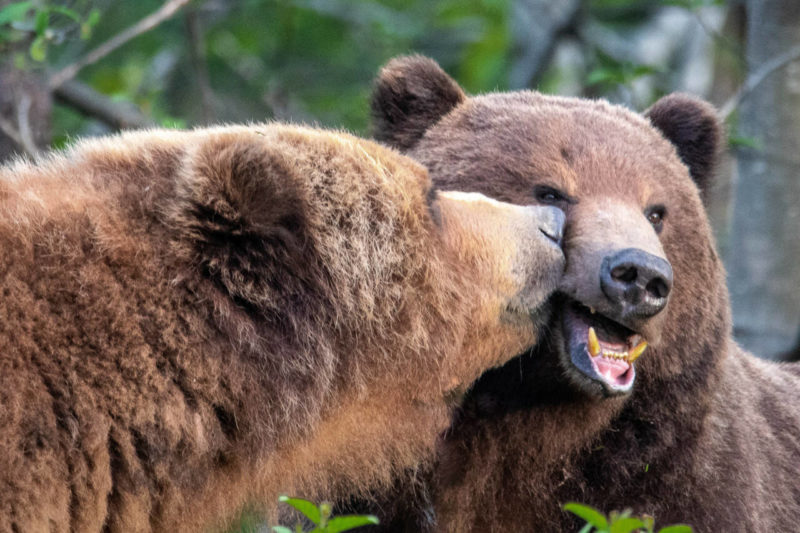

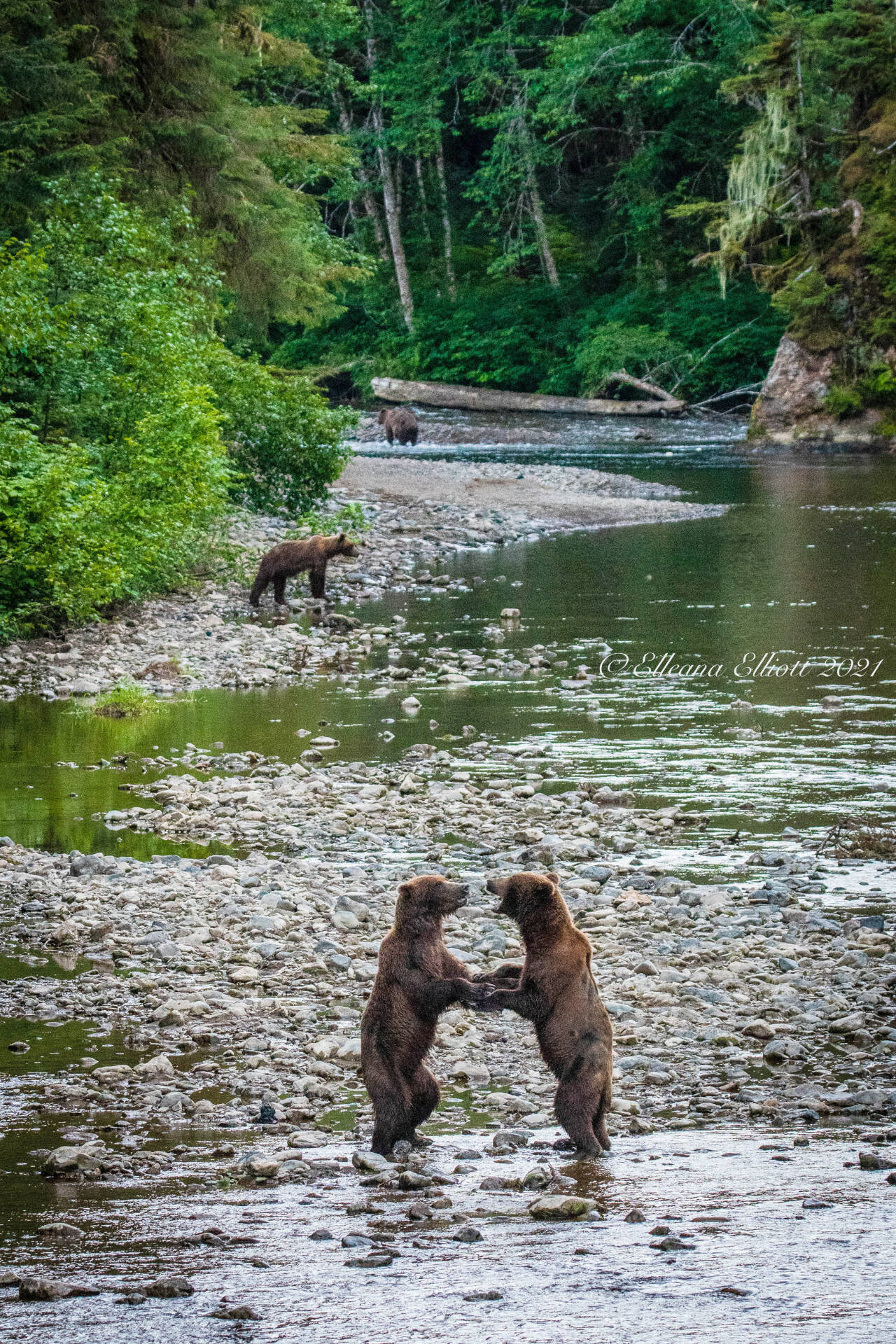

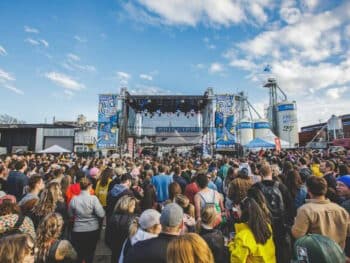
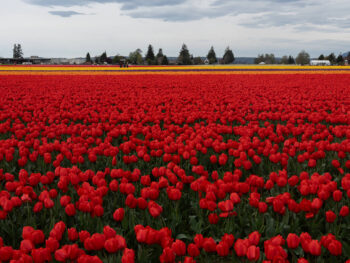
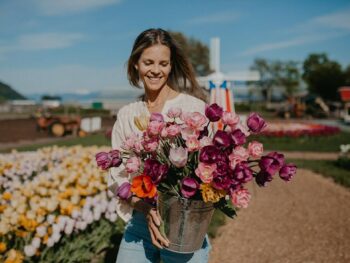
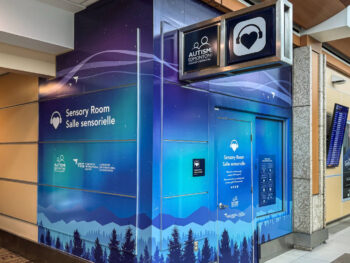
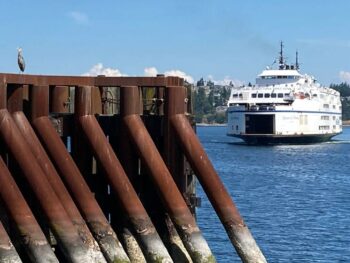
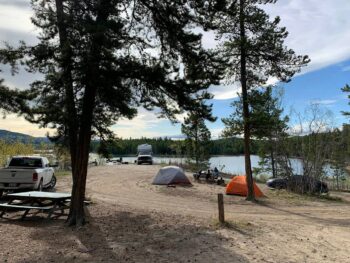
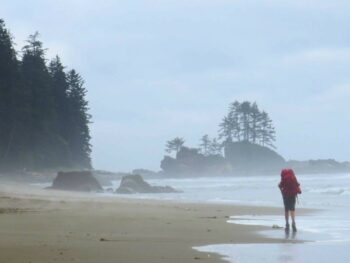
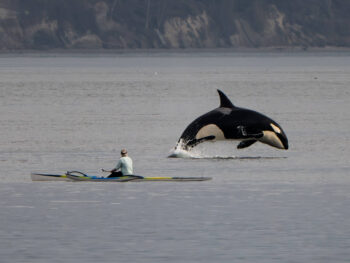
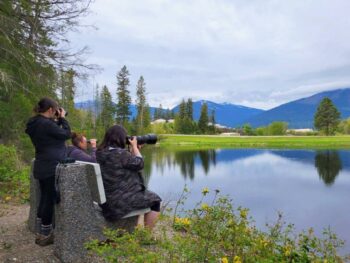
 West Coast Traveller RV Roadtrip: Exploring Alberta’s backroads along the beautiful Red Deer River
West Coast Traveller RV Roadtrip: Exploring Alberta’s backroads along the beautiful Red Deer River